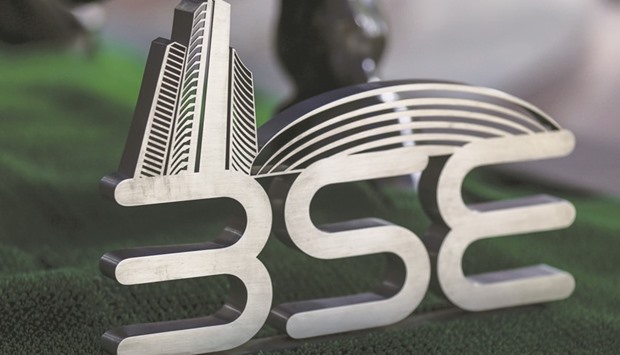Sandwiched in a tight range, the Sensex closed down for the third day as prospects of more US interest rate hikes next year continue to keep investors on edge.
For the week, Sensex lost 257.62 points, or 0.96%, and the NSE Nifty 122.30 points, or 1.48%. The weekly decline is the biggest since 18 November, when the Sensex registered a fall of 668.58 points and the Nifty 222.20 points.
The dollar soared to a near 14-year high against the euro overseas, which quickened capital flight. Rising oil prices, the prevailing cash crunch in the wake of demonetisation and its trickle-down effect on corporate performance and fears of economic slowdown made investors shaky, brokers said.
The 30-share index settled moderately lower by 29.51 points, or 0.11%, at 26,489.56. It hit the day’s high of 26,594.55 and a low of 26,455.21.
The gauge had lost 178.75 points in the previous two sessions. Volume remained low as participants preferred to stay near the fence in absence of any positive cues.
Nifty’s 50-issue NSE fell 14.15 points, or 0.17%, to 8,139.45 at the close. Intra-day, it moved between 8,178.70 and 8,127.45. Bharti Airtel fell the most in the Sensex group by dropping 2.67% followed by ONGC (2.30%).
Aurobindo Pharma dropped 0.55% following news reports that 20 US states have filed a lawsuit against the company alleging price manipulation of two drugs. Others such as Adani Ports, ICICI Bank, ITC, Hero MotoCorp, Tata Steel, Axis Bank, Wipro, Coal India, Lupin, Bajaj Auto, GAIL, NTPC and Dr Reddy’s too retreated.
But Tata Motors, Cipla, Infosys and TCS were among a few notable gainers. In the 30-share Sensex chart, 19 ended lower while 11 finished higher.
The BSE metal counter saw maximum selling, plunging 1.58 %, followed by infrastructure (1%).
Consumer durables and IT rose up to 0.82%. Broader markets too remained lacklustre, with small-cap and mid-cap indices ending lower by 0.25% and 0.04%, respectively.
Meanwhile the rupee yesterday closed marginally higher against the US dollar.
The rupee closed at 67.77 per US dollar — up 0.09% from its previous close of 67.84. The home currency opened at 67.81 a dollar and touched a high and a low of 67.74 and 67.87 respectively. So far this year, it has fallen 2.4%.
“We believe that the market adjustment to the Fed and US political realities, and political uncertainty in Europe will likely position investors against Emerging Markets”, said Rajesh Iyer Head – Investment Advisory Services & Family Office, Kotak Wealth Management.
“Factoring in possible realignment of global risk appetite along with expectations of further accommodation by the RBI, INR will have depreciating bias against dollar. However, India’s relatively strong macroeconomic fundamentals – growth, external position, inflation - should lead the INR to fare better than most of the Emerging Market peers”, Iyer added
The benchmark 10-year government bond yield closed at 6.506%, compared to Thursday’s close of 6.522%. Bond yields and prices move in opposite directions.
So far this year, foreign institutional investors have bought $4.10bn in equities and sold $6.38bn in debt.
Asian currencies traded lower. South Korean won was down 0.46%, Malaysian ringgit 0.27%, Taiwan dollar 0.13%, China Offshore 0.11%, China renminbi 0.09%, Thai Baht 0.05%, Singapore dollar 0.04%.
The dollar index, which measures the US currency’s strength against major currencies, was trading at 102.85 — down 0.17% from its previous close of 103.02.

SENSEX
